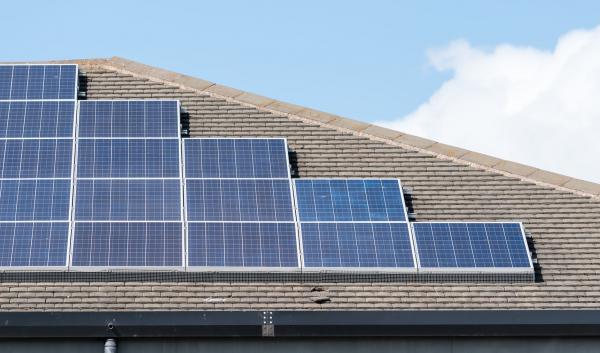CAMBRIDGE, Mass., Sept. 26 (UPI) — A team of researchers from Harvard University have uncovered an even cleaner solution to storing green energy from the sun and wind.
The group of scientists and engineers illustrated an updated flow battery that can safely store electrical energy by dissolving plentiful, inexpensive elements like carbon and oxygen in water. Being nontoxic and nonflammable, the battery system is safe for use in commercial areas as well as in the home.
“This is chemistry I’d be happy to put in my basement,” said researcher and professor at Harvard Paulson School of Engineering and Applied Sciences Michael J. Aziz. “The nontoxicity and cheap, abundant materials placed in a water solution mean that it’s safe — it can’t catch fire — and that’s huge when you’re storing large amounts of electrical energy anywhere near people.
Flow batteries are built to store power in liquid tanks with flexible capabilities; the bigger the tanks, the more power can be stored from renewable sources. Unlike solid-electrode batteries, the amount of energy released by a flow battery can be decided by the size of its water tanks.
Roy Gordon and the team of postdoctoral fellow Michael Marshak and student Kaixiang Lin developed the new battery chemistry. “We combined a common organic dye with an inexpensive food additive to increase our battery voltage by about 50 percent over our previous materials,” said Gordon.
The Harvard team published their findings — which is built upon earlier work by the same group — in the journal Science this week. Their findings outline the first successfully efficient, safe and low-cost chemicals for use flow batteries.






